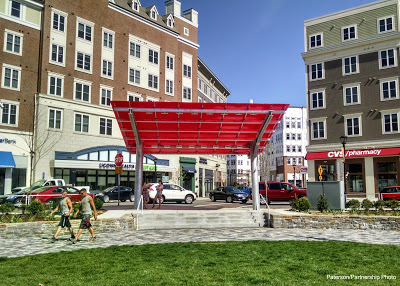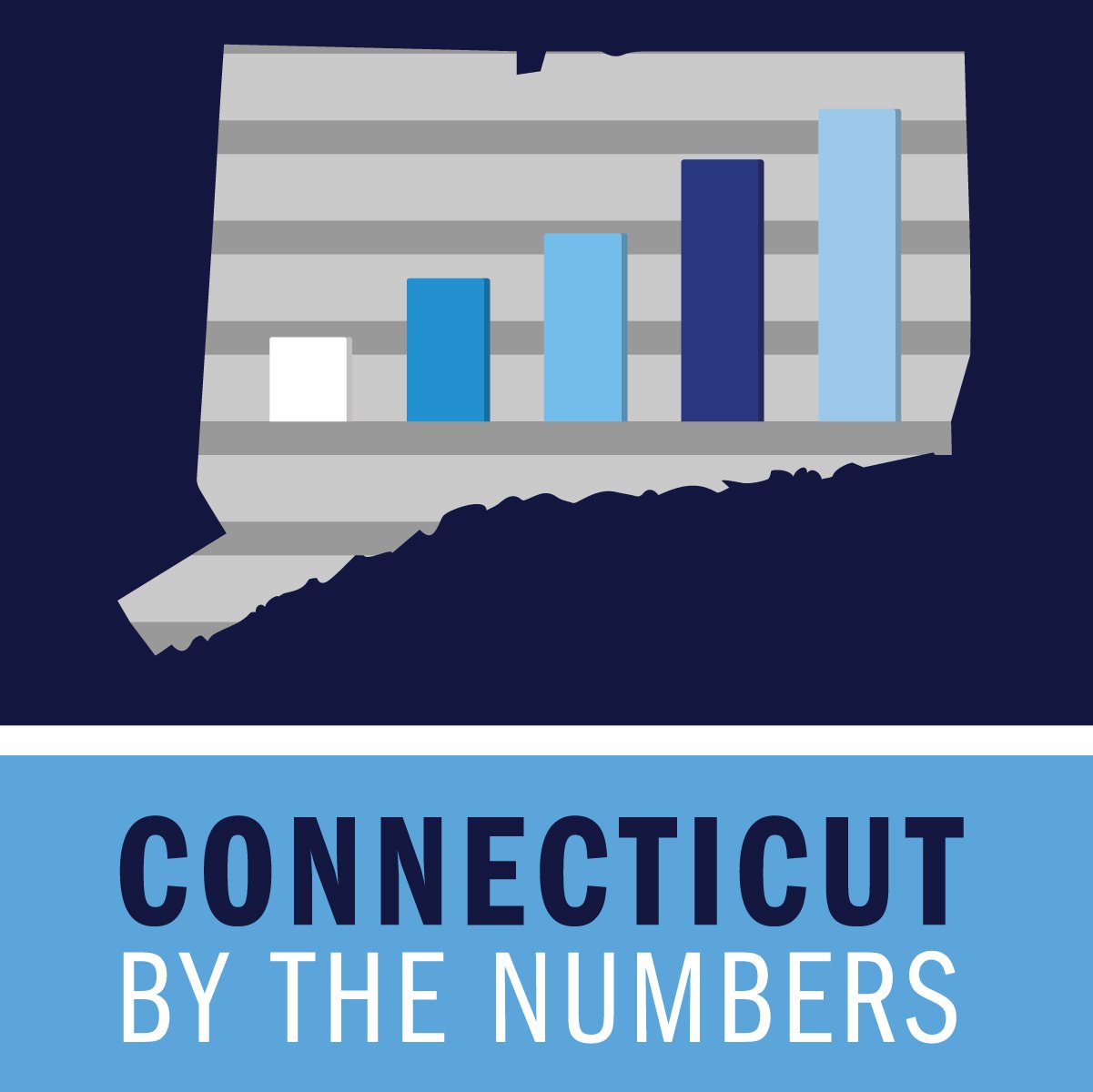Front Seat Passengers Could Be Killed; Repairs for CT Cars May Take Until 2019
/Connecticut drivers – likely numbering in the thousands - have been advised not to allow anyone to ride in the front passenger seat of their car, due to the risk of an airbag explosion that could be deadly.
A nationwide recall of cars with airbags supplied to automakers by Takata Corp. is being handled differently in different parts of the United States, and it appears that Connecticut and the Northeast have the longest waits – already more than six months in some cases.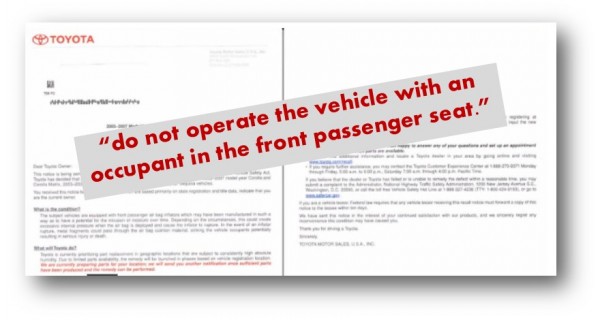
And the wait may not nearly be over. Deadlines for repairs to the 19 million vehicles under recall nationwide will run through 2019, according to federal officials. The NHTSA website indicates that “completion deadlines for fixing the 19 million vehicles under recall will begin in 2017 and end in 2019.”
An April letter sent by Toyota to owners of its affected vehicles in Connecticut read in part “we will send you another notification once sufficient parts have been produced and the remedy can be performed. Until the remedy becomes available in your location, we recommend that you do not operate the vehicle with an occupant in the front passenger seat.”
The potentially fatal malfunction, according to the National Highway Transportation Safety Administration (NHTSA), is that the inflator can causes its air bag to explode. The letter indicated that “in the event of an inflator rupture, metal fragments could pass through the air bag cushion material, striking the vehicle occupants potentially resulting in serious injury or death.”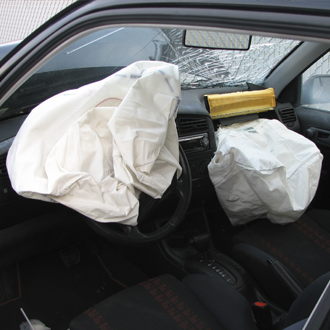
Last week, U.S. auto safety regulators fined Takata Corp. of Japan $70 million for lapses in the way it handled recalls of millions of explosion-prone air bags that are responsible for eight deaths and more than 100 injuries worldwide. It is the largest civil fine in NHTSA history and marked the first time the agency used its authority to accelerate recall repairs. Regulators also ordered Takata to stop making the air bag inflators unless the company can prove they are safe, NBC News reported.
So far, about 23.4 million driver and passenger inflators have been recalled on 19.2 million U.S. vehicles sold by 12 automakers, the network reported. Connecticut Senator Richard Blumenthal responded that the $70 million fine seems like a slap on the wrist and should be larger. The penalty “provide(s) no meaningful deterrence for continuing reprehensible and irresponsible behavior that costs countless preventable injuries and lives,” Blumenthal said.
 The company, and impacted automakers, are making parts necessary to accomplish repairs available in regions of the country with humid climates first, because humidity has been said to increase the risk of air bag rupture. Connecticut residents, living in a region not known for its humidity, are not a priority for the repair, and continue to wait for word when repairs for their recalled vehicles can be made.
The company, and impacted automakers, are making parts necessary to accomplish repairs available in regions of the country with humid climates first, because humidity has been said to increase the risk of air bag rupture. Connecticut residents, living in a region not known for its humidity, are not a priority for the repair, and continue to wait for word when repairs for their recalled vehicles can be made.
NBC Connecticut reports that one local Toyota dealer indicates that “If it’s not available we go in and check every week to 10 days with that VIN (vehicle identification number) to see if parts are available,” he said. “We’re kind of at the mercy of not only the supplier but also the manufacturer.”
In the meantime, car companies are left to “apologize for any inconvenience” and affected car owners need to remember that front seat passengers could be in serious danger. The situation may not change for some time, especially for parts of the country including New England. 
Blumenthal has also urged Takata to commit to compensation for victims, but the company has thus far refused to do so. There have also been calls for compensation for the millions of car owners unable to have someone ride in the front passenger seat.
The website safercar.gov has additional information about vehicles subject to the recall, and those that can now be repaired. Individuals can enter their vehicle’s VIN number to learn if they are eligible for a repair under the recall.


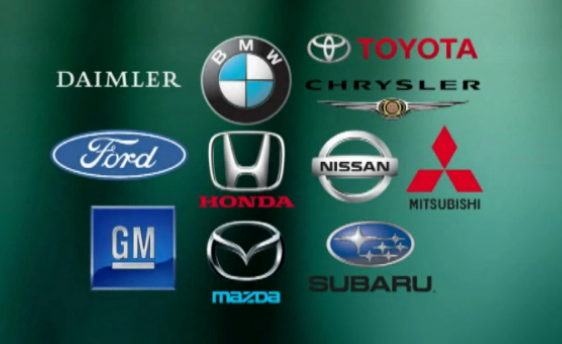
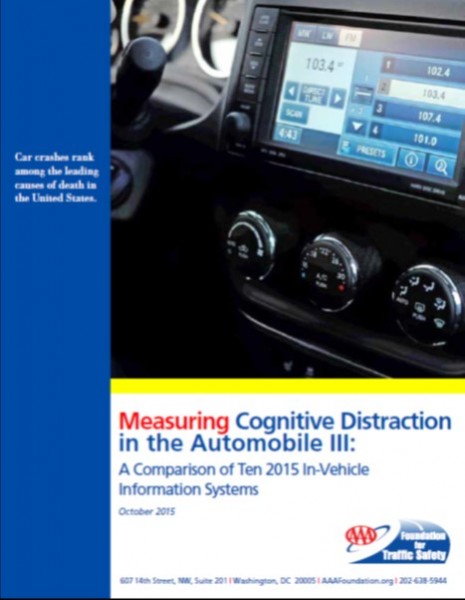
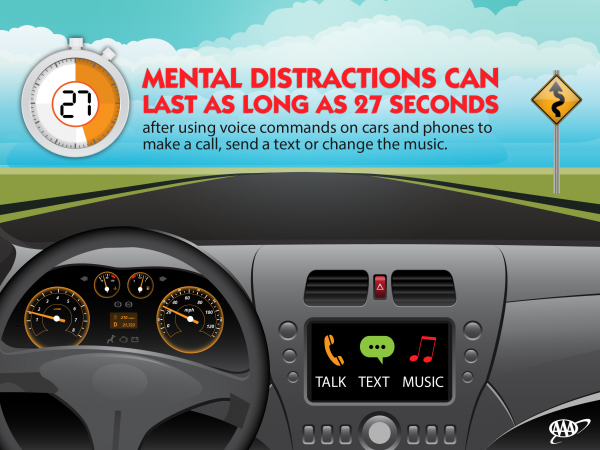
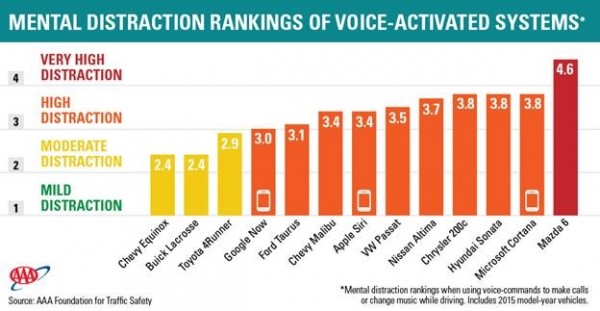
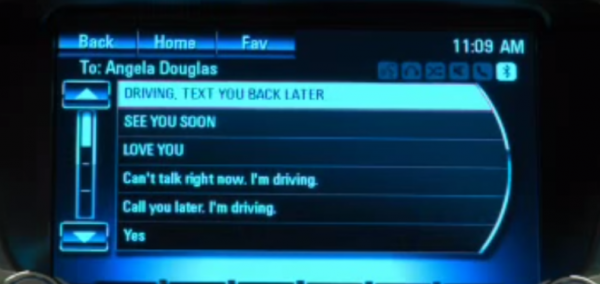
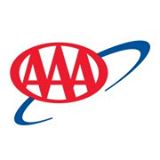
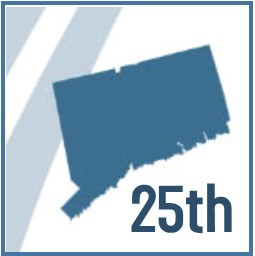
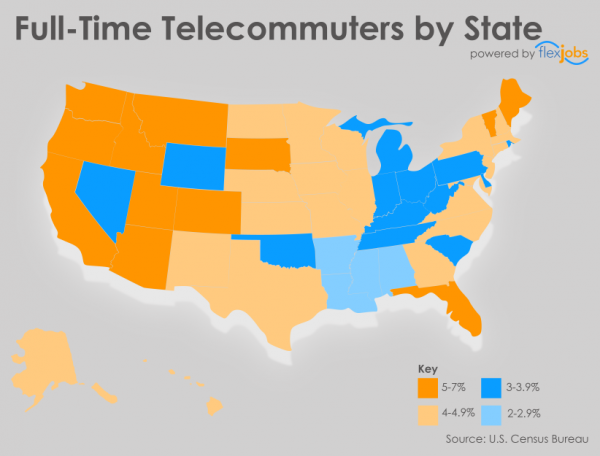
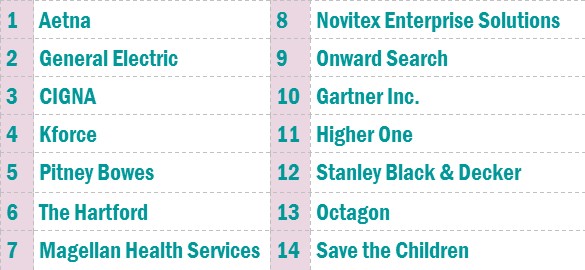 te more than 10 workdays -- meaning at least half of all workdays -- in a typical month. The majority of Americans, including both those employed and not employed, believe workers who work remotely are just as productive as those who work in a business office.
te more than 10 workdays -- meaning at least half of all workdays -- in a typical month. The majority of Americans, including both those employed and not employed, believe workers who work remotely are just as productive as those who work in a business office.
 15 states where the number of traffic fatalities has dropped in the first six months of 2015, compared with a year ago. The others were Alabama, Alaska, Delaware, D.C., Hawaii, Kansas, Montana, New Jersey, New Mexico, Oklahoma, Rhode Island, South Dakota, Tennessee and Texas.
15 states where the number of traffic fatalities has dropped in the first six months of 2015, compared with a year ago. The others were Alabama, Alaska, Delaware, D.C., Hawaii, Kansas, Montana, New Jersey, New Mexico, Oklahoma, Rhode Island, South Dakota, Tennessee and Texas.



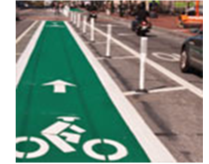 Later this month, Bike Walk CT is offering the League of American Bicyclist-designed Traffic Skills 101 program, a comprehensive day long course to give cyclists the skills, knowledge and confidence to handle on-road cycling.
Later this month, Bike Walk CT is offering the League of American Bicyclist-designed Traffic Skills 101 program, a comprehensive day long course to give cyclists the skills, knowledge and confidence to handle on-road cycling.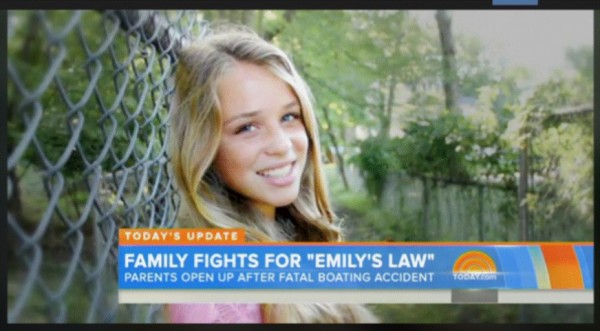

 ws recently
ws recently 

 As one example, state officials are working on a plan to replace a swinging bridge over the Norwalk River, built in 1896. "As a piece of engineering, it's just amazing," John Bernick, assistant rail administrator for the state Department of Transportation told the AP. "But, it's certainly reached its retirement age.” The computer that operates the bridge is from the 1980’s, and replacing the bridge could cost as much as $650 million.
As one example, state officials are working on a plan to replace a swinging bridge over the Norwalk River, built in 1896. "As a piece of engineering, it's just amazing," John Bernick, assistant rail administrator for the state Department of Transportation told the AP. "But, it's certainly reached its retirement age.” The computer that operates the bridge is from the 1980’s, and replacing the bridge could cost as much as $650 million.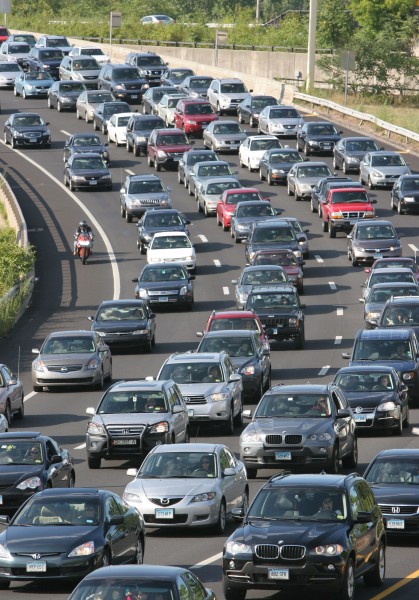

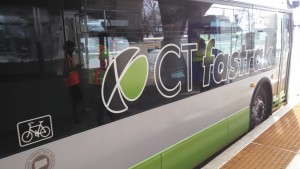 For the first time in the history of the awards program, a state agency was also selected to receive an award. The CT Department of Transportation received a special award for Starting a Revolution: Integration of Land Use and Transit in recognition of the progressive nature of CTfastrak, the bus rapid transit system opened earlier this year. The awards jury that selected the winners gave the award because they felt the new busway represents a cultural shift in how Connecticut views transit, and wanted to acknowledge the future promise of transit oriented development that will hopefully result around the station locations.
For the first time in the history of the awards program, a state agency was also selected to receive an award. The CT Department of Transportation received a special award for Starting a Revolution: Integration of Land Use and Transit in recognition of the progressive nature of CTfastrak, the bus rapid transit system opened earlier this year. The awards jury that selected the winners gave the award because they felt the new busway represents a cultural shift in how Connecticut views transit, and wanted to acknowledge the future promise of transit oriented development that will hopefully result around the station locations.